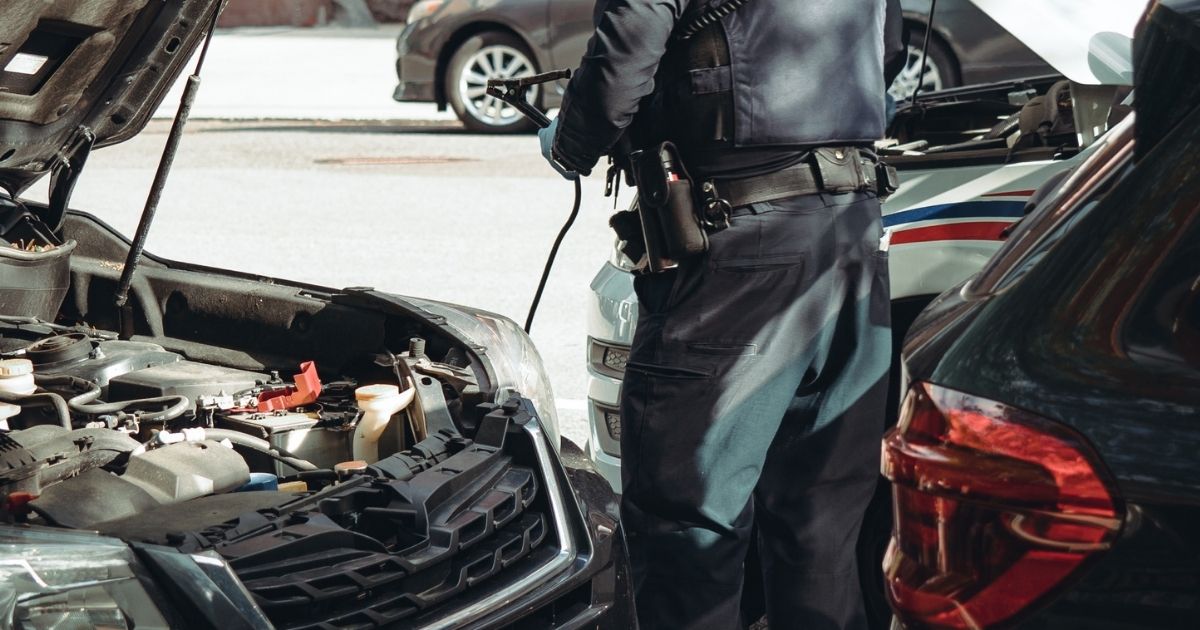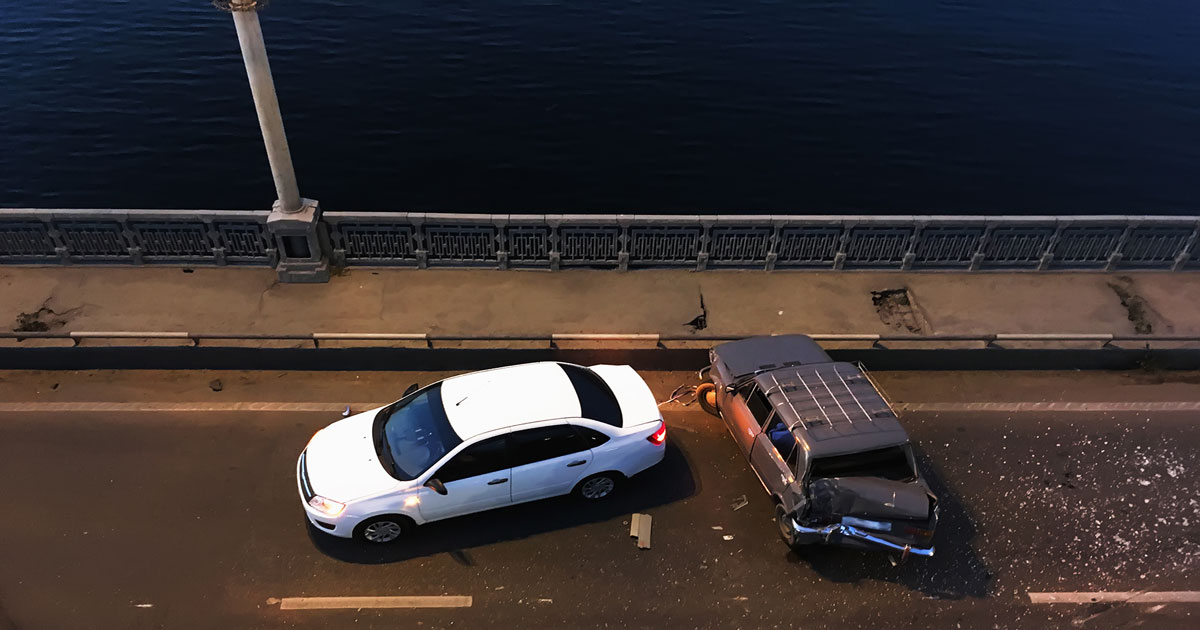Mechanical failures can turn an ordinary drive into a dangerous situation in seconds. Unlike accidents caused by driver error, these crashes often stem from problems with the vehicle itself—whether due to defective parts, design flaws, or lack of proper maintenance. In New York, understanding how mechanical issues contribute to accidents is critical for determining fault and liability. Knowing what steps to take afterward can also help protect your rights if you are involved in such an incident.
Common Mechanical Failures That Cause Accidents
Various vehicle systems can fail and lead to crashes. Some of the most common include:
- Brakes: Worn pads, leaking brake lines, or complete hydraulic failure can prevent a vehicle from stopping in time.
- Tires: Blowouts or tread separation can cause sudden loss of control, often at high speeds.
- Steering: Worn components or defective steering columns can make it impossible to safely navigate turns or avoid obstacles.
- Safety Systems: Malfunctions in seatbelts, airbags, or acceleration systems may not directly cause the accident, but can significantly worsen injuries.
Many mechanical problems give warning signs, such as unusual noises, dashboard alerts, or changes in handling. Prompt attention to these symptoms can prevent accidents.
Who Is Responsible When Mechanical Failures Cause a Crash?
Liability in New York depends on the cause of the failure:
- Manufacturing Defects: If a vehicle or part has a defect, the manufacturer may be held strictly liable under product liability law. This includes design flaws, errors during production, or insufficient safety warnings. Strict liability means you don’t need to prove the manufacturer was negligent—only that the defect caused your injury.
- Negligent Maintenance or Repairs: If the failure results from ignored maintenance, faulty repairs, or skipped inspections, liability may fall on the vehicle owner or repair shop.
- Shared Responsibility: Sometimes multiple parties contribute to a mechanical failure, and liability may be divided accordingly.
How Mechanical Failures Affect Rear-End Collisions
In New York, rear-end collisions typically presume that the trailing driver is at fault. However, mechanical failures can challenge this assumption. For instance, if a sudden brake failure or steering malfunction made the crash unavoidable, evidence can be presented to show that the mechanical issue—not driver error—was the primary cause. Liability may then be reduced or shifted depending on the case.
Steps to Take if Mechanical Failure Caused Your Accident
If you suspect mechanical problems contributed to your crash:
- Document the Accident: Report the issue to law enforcement so it appears in the official accident report.
- Gather Evidence: Take photos of the vehicle, visible damage, and any signs of malfunction.
- Get an Independent Inspection: Preserve evidence before repairs or disposal to support your case.
- Act Quickly: New York’s statute of limitations for personal injury claims is generally three years, while wrongful death claims typically must be filed within two years. Timely action is essential to protect your legal rights.
Key Takeaways
- Mechanical failures can cause serious accidents, sometimes worse than driver errors alone.
- Common issues include brake malfunctions, tire blowouts, steering failures, and safety system malfunctions.
- Liability depends on the cause: manufacturers for defective parts, repair shops or owners for negligence, or multiple parties for shared responsibility.
- In rear-end collisions, mechanical failures can challenge the presumption that the trailing driver is always at fault.
- Documenting the accident, preserving evidence, and acting promptly are essential for protecting your legal rights in New York.
Contact Our Brooklyn Car Accident Lawyers at Rubenstein & Rynecki
For legal guidance and representation, contact our Brooklyn car accident lawyers at Rubenstein & Rynecki. Call 718-522-1020 or fill out the online form for a free consultation. Our Brooklyn offices serve clients throughout New York City, including The Bronx, Manhattan, Queens, and Staten Island.






